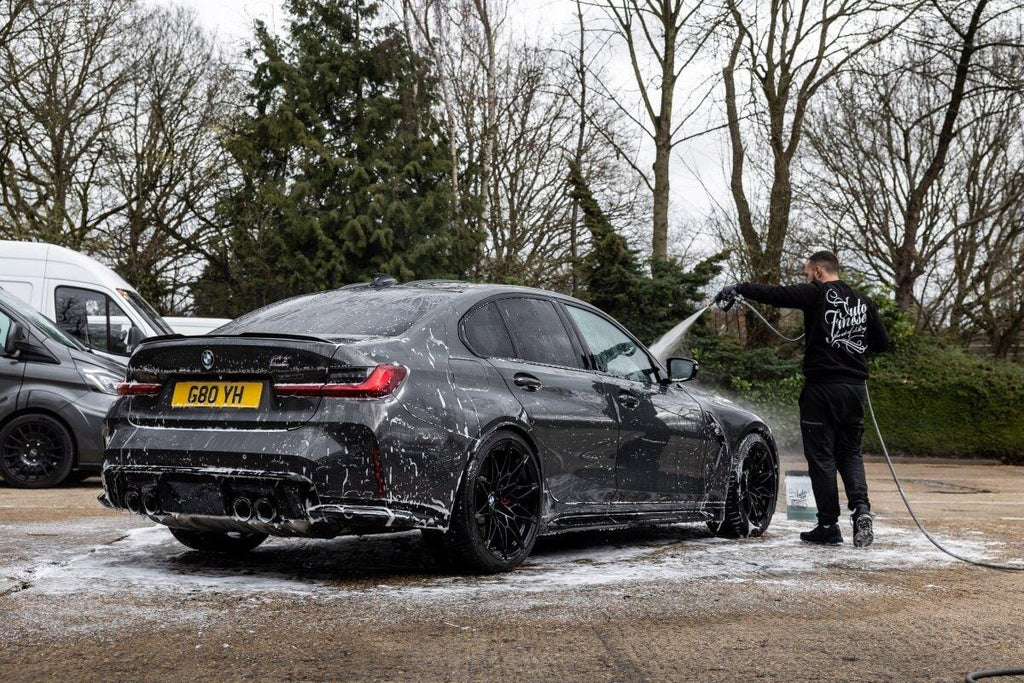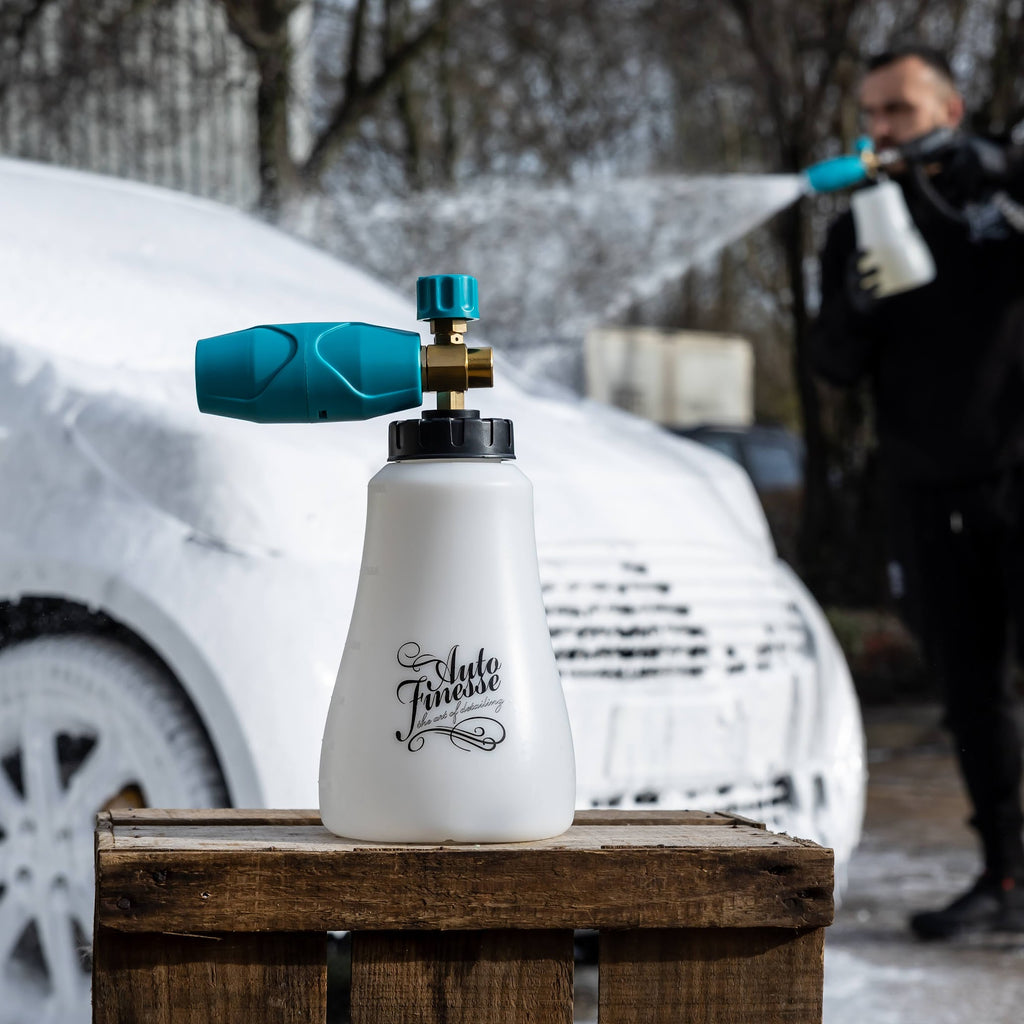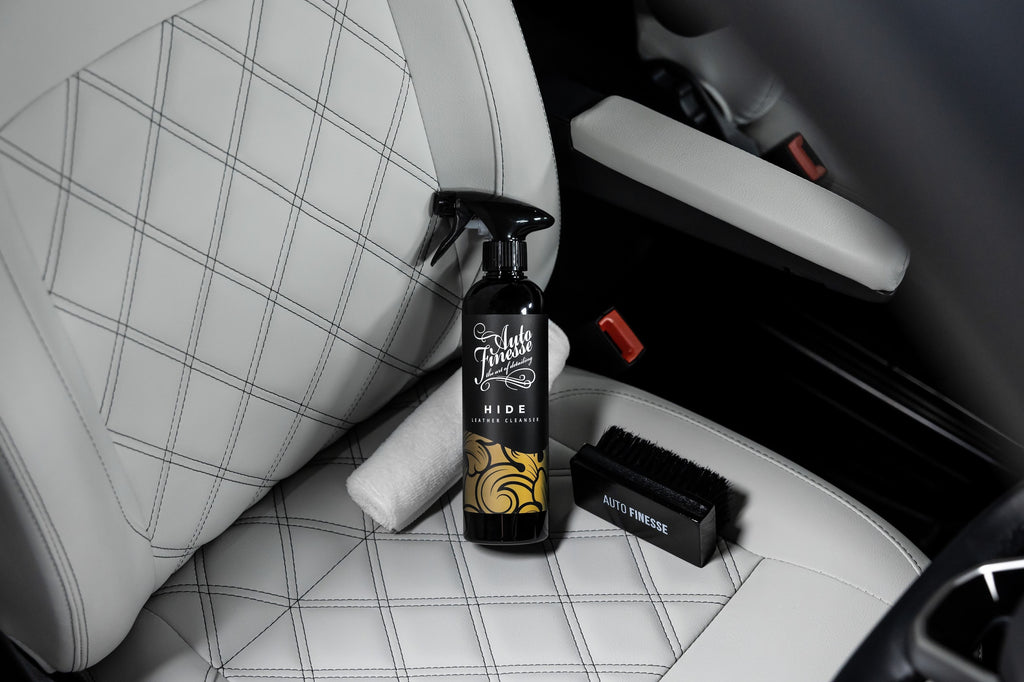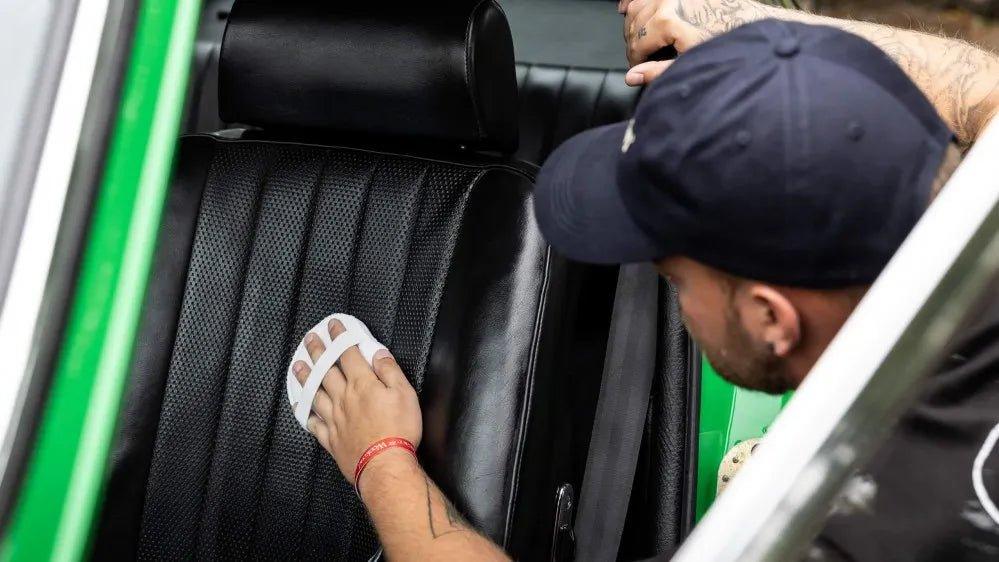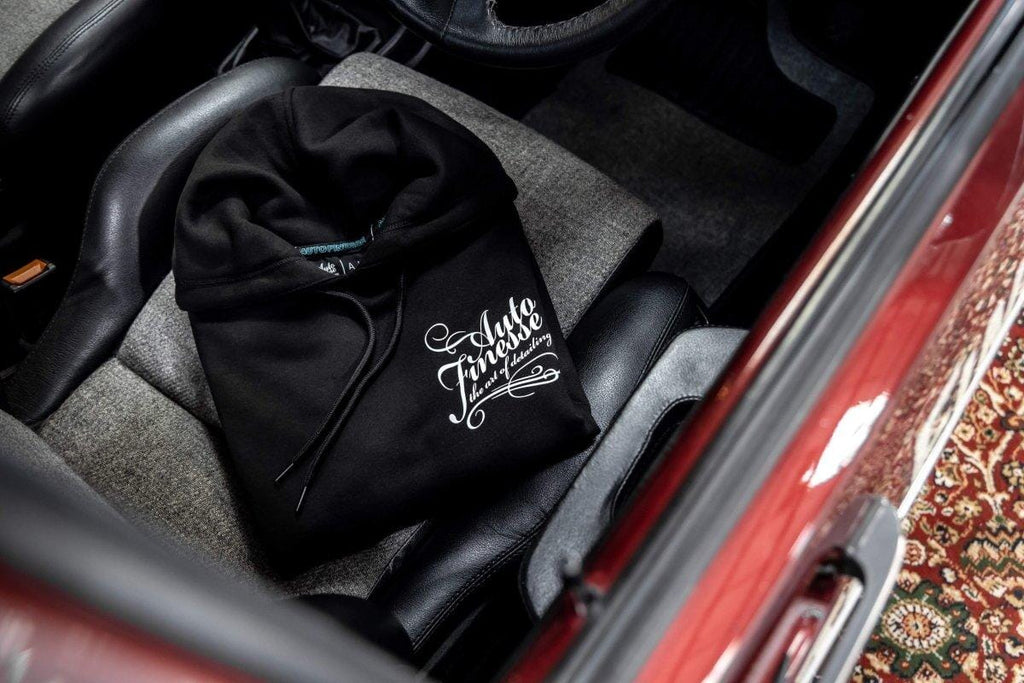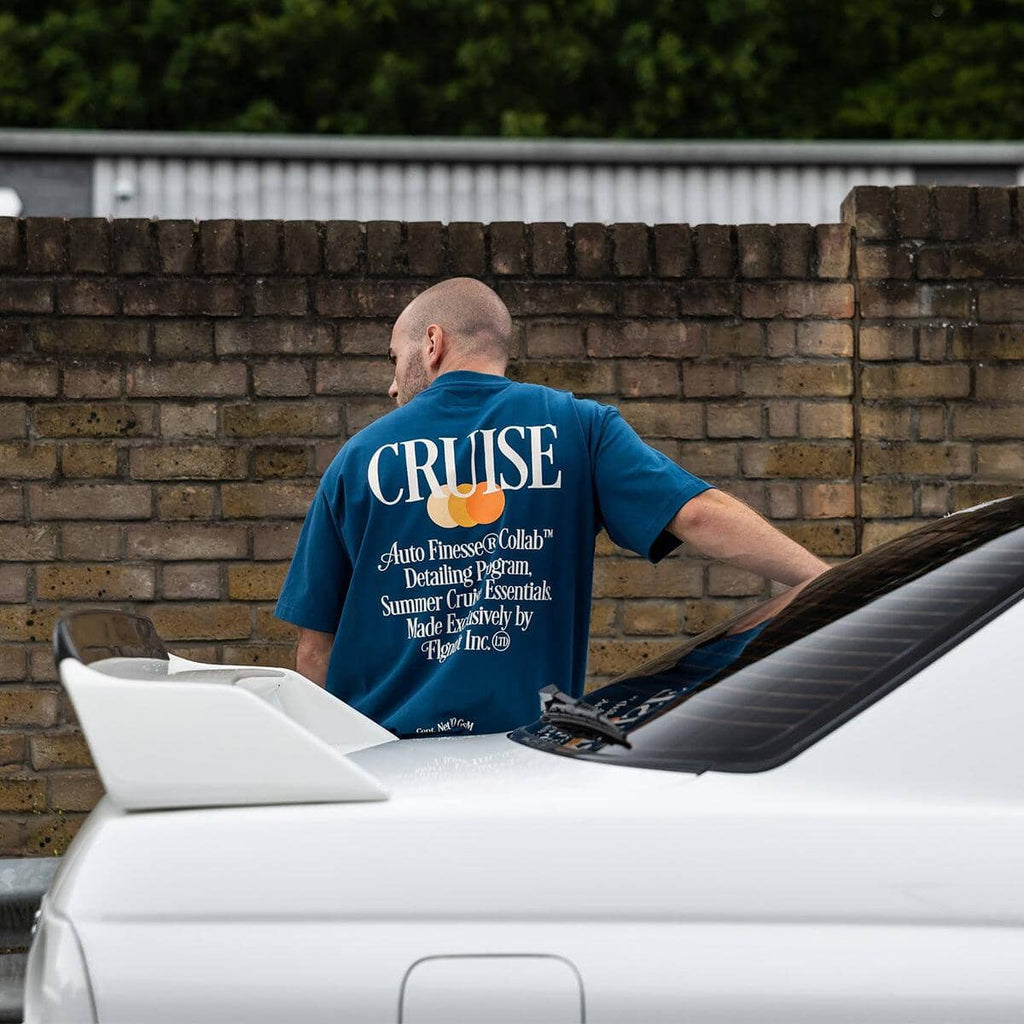Revitalise No:2 Polishing Compound
Capable of Tackling Medium To Light Swirls
Product Information
Designed for use with a dual action/random orbital car polisher, the Revitalise three-step range is the must-have for restoring paintwork. The entire Auto Finesse® Revitalise range has been redeveloped to contain an improved blend of abrasive compounds for an even better finish. It offers a much faster and overall cleaner working experience, and is an altogether nicer product to work with. Once you’ve finished polishing with Revitalise No:2, be sure to follow up with stage three in the Revitalise process (No:3) to ensure a hologram-free finish. Developed for use together with a dual action/orbital machine polishers.
Application:
Make sure the conditions you’re working in are first, first and foremost; a cool surface area is a must and be sure to set yourself up out of direct sunlight – this is so that the product doesn’t get baked onto the paint. Shake the product well. Prep Revitalise Pad No:2 using Auto Finesse® Pad Prime and follow with 2-4 drops of Revitalise No:2. On speed setting two, work the compound into an 18-inch x 18-inch area. Work up to speed 4 and back down to speed 2 for a final pass until the product turns clear. Once you’ve completed one panel, switch off the polisher and give the entire area a final buff off using a clean microfibre cloth.
Product Summary
